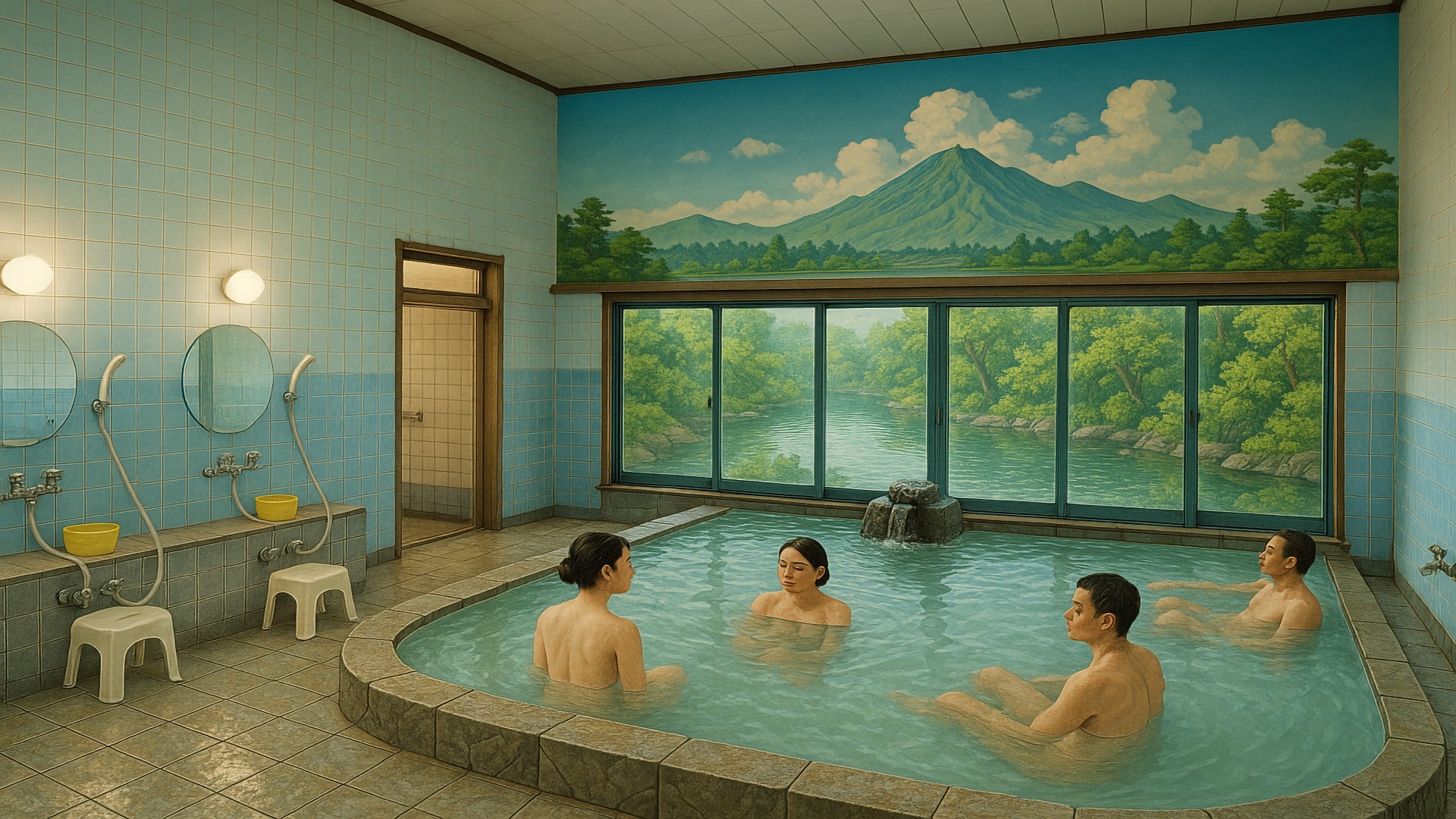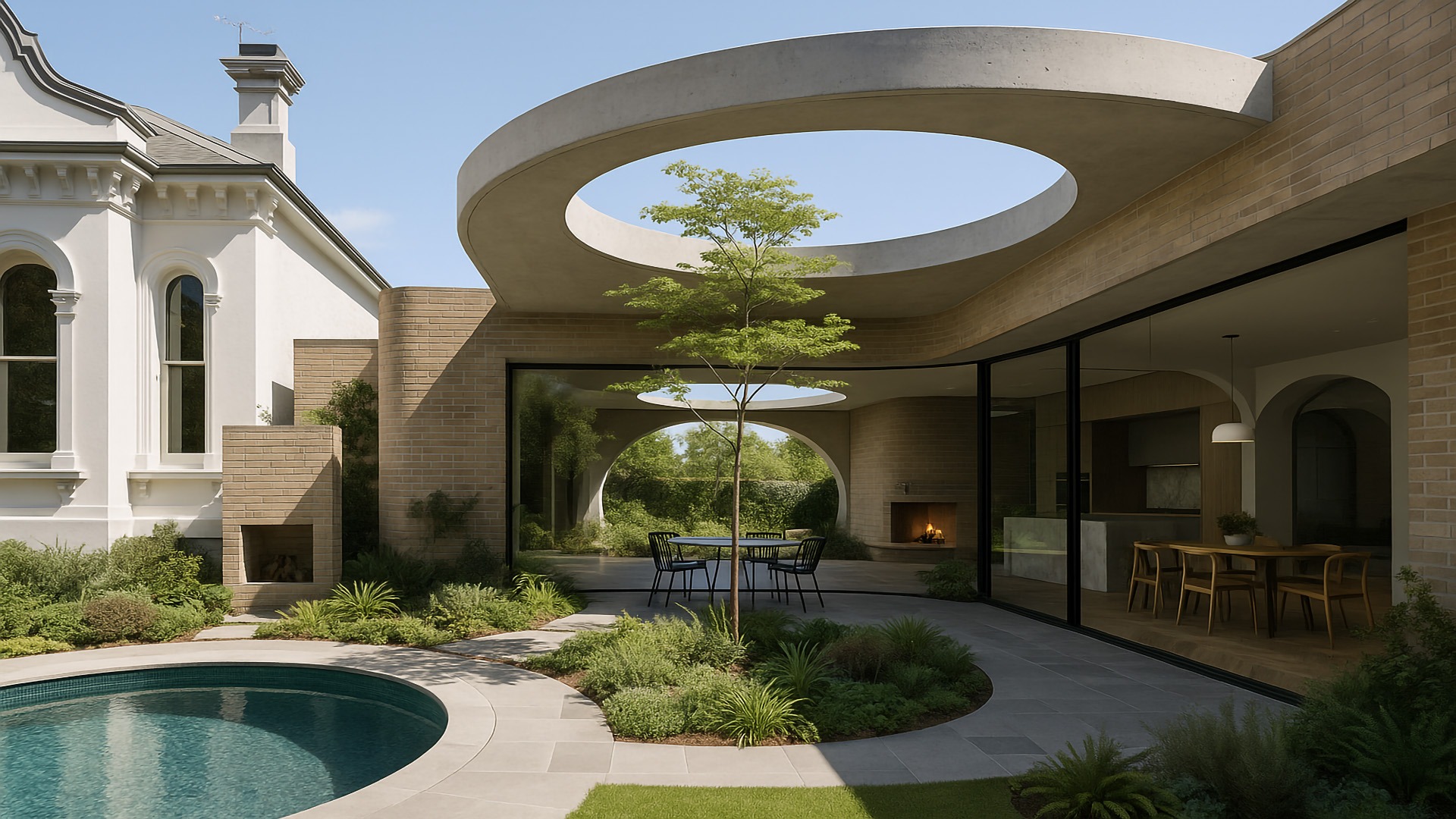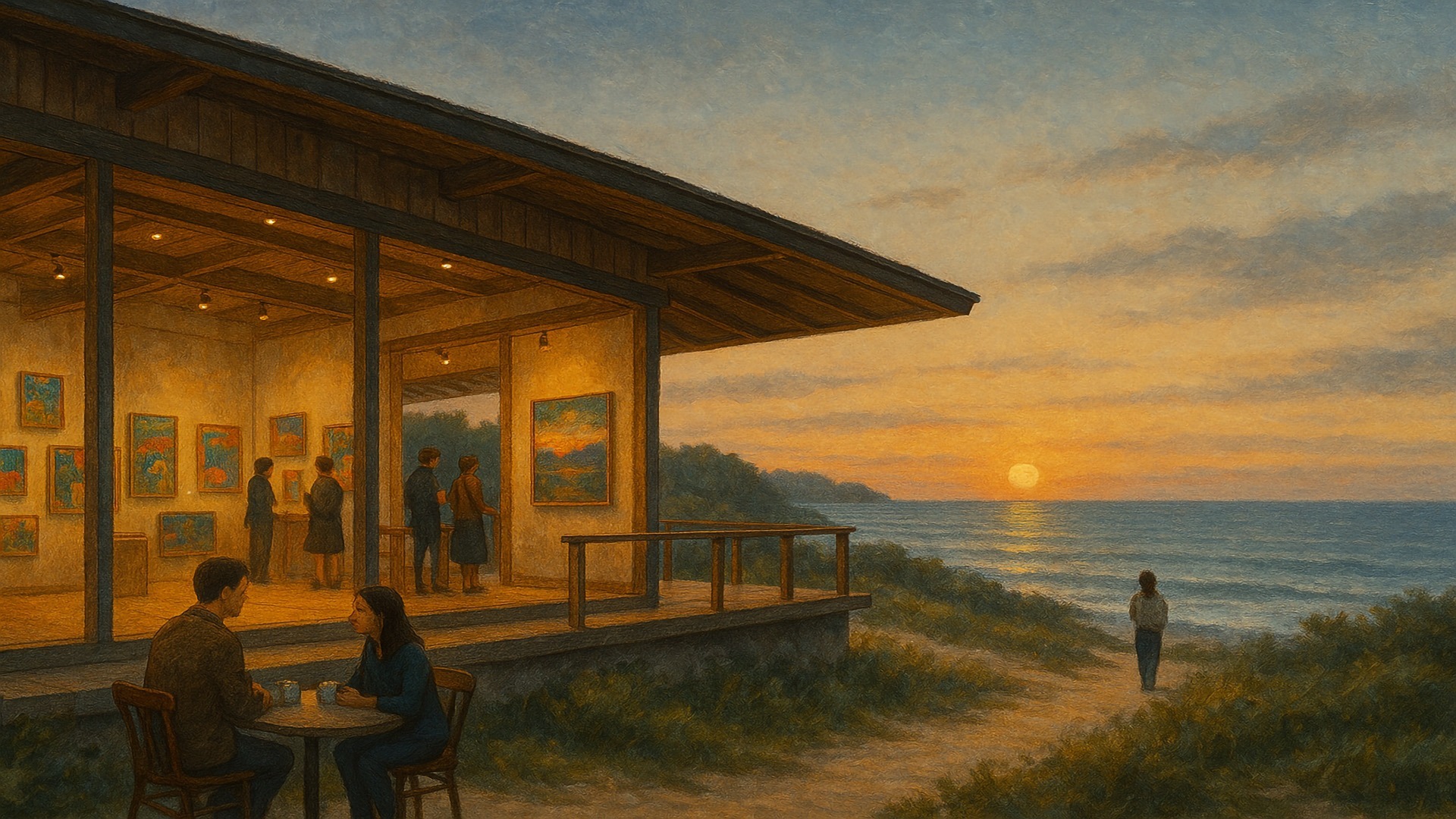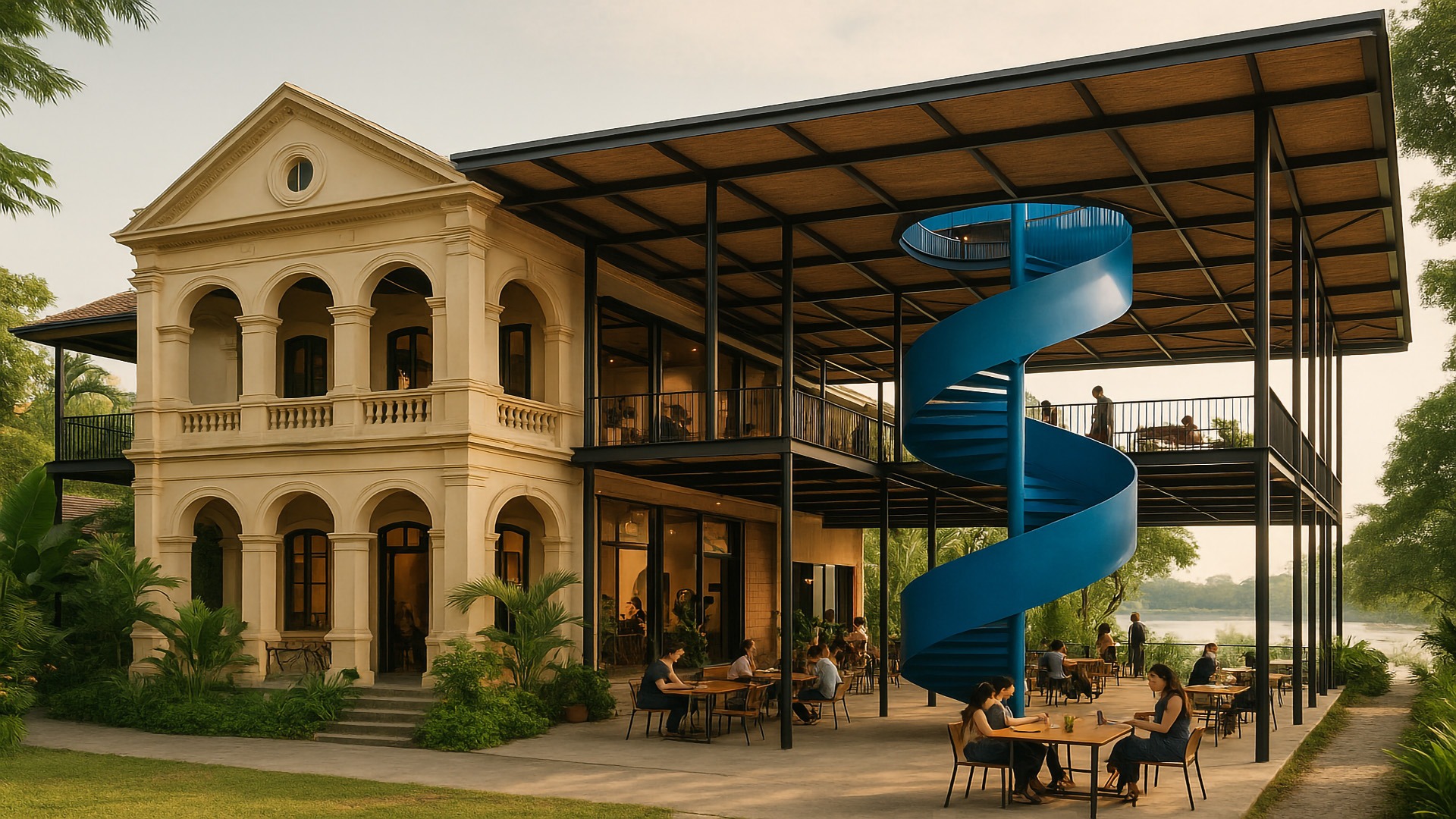
The Evolution of Japan's Bathhouse Culture: A Visual Narrative
Imagine entering a world where the water flows not just for bathing, but for rejuvenation, community, and tradition. This is the essence of Japan’s rich bathhouse culture, beautifully captured in Yuval Zohar's latest book, Towards a Nude Architecture. Through a blend of stunning photographs, personal anecdotes, and insightful diagrams, Zohar invites you on a visual journey that spans centuries and captures the essence of communal bathing.
A Journey Through Onsen and Sento
Central to Zohar's narrative are two venerated traditions: the onsen and sento. Onsen, Japan's natural hot springs, are revered not only for their soothing properties but also for their historical significance, tied to Shinto purification rituals and tranquil retreats. Sento, in contrast, are urban public bathhouses that historically served as vital community hubs before modern homes became equipped with private baths.
As society evolves, many of these cherished spaces are disappearing, making Zohar's work not only a tribute but also a timely reminder of the need to preserve them. These communal spots have historically been cherished for their ability to foster social connection; as they fade away, so too does a unique part of Japanese culture.
Cultural Reflections and Architectural Transformations
In Towards a Nude Architecture, Zohar categorizes the evolution of bathing culture into three chapters: past, present, and future. This organization reveals how onsen architecture morphs with shifting societal values—from the serene wooden bathhouses of the Edo period to the utilitarian municipal sento of the 20th century, and now, to the rise of privatized spas that reflect urban individualism. Each phase of this evolution reflects broader societal trends affecting both community and the essence of public intimacy.
The Fragile Future of Traditional Bathing
For Zohar, the story told through these pages is “a quiet call to action.” With many bathhouses closing due to aging infrastructure and the rise of alternative bathing facilities, the future looks uncertain. His depiction of forgotten sento reclaimed by nature and the serene onsen nestled in mountainous landscapes serves as a poignant reminder of what we stand to lose. The book’s visuals blend imagery of thriving communal spaces with shadows of closure, emphasizing a pivotal moment for Japanese culture.
Conclusion: Call to Action
As readers, we are invited not merely to reflect but to act: to cherish these spaces and advocate for their preservation. Zohar's exploration of Japan’s bathhouse culture articulates a vision home to interconnectedness and collective care. In a world that often emphasizes individuality, his work calls us to celebrate the shared experiences that define our humanity. Let's encourage a renewed appreciation for communal spaces so they can continue to flourish for generations to come.
 Add Row
Add Row  Add
Add 

 Add Row
Add Row  Add Element
Add Element 




Write A Comment